If you have been in this industry a bit, you know the EIFS industry was not having a fun time in the residential construction world during the 1990s. While still a great product, EIFS had a number of hurdles with trades and applications. Amongst other things, this caused contractors to go back to Portland cement plaster/stucco. Unfortunately, they were putting stucco on structures with similar mistakes, such as missing flashings and covering some new problems, like damaged and improperly or poorly installed weather-resistive barriers.
Exterior Inspections, Inc. was founded to review and advise on EIFS and stucco installations. Recently, at the Texas Lathing and Plastering Contractors annual conference, Walls & Ceilings spoke with this author about the inspection process and its value to the contractor and the industry. The company is dedicated to helping the stucco industry fight those naysayers that say to never put stucco on a house in Houston or coastal areas because the climate is too wet. So many times, the problem is not the stucco at all, but rather when water intrusion occurs it ends up behind the stucco, which must be removed to repair the damage.
Why Does One Need a Third-Party Inspection?
There are a number of trades that must work together to make an exterior building envelope come together in a holistic and watertight manner. While a building owner wants to make sure the products are properly applied, per the specifications, the third party inspector wants to make sure the owner of the property gets a building that is going to last. The process of inspecting an exterior building envelope system helps to ensure that the trades are working together to deliver the complete envelope system. We have found that the stucco contractors are requesting an envelope inspection or referring the builders and owners to us, because most have found that a thorough inspection by a neutral third party can assist with troubleshooting issues before they become a warranty call or claim.
While some contractors install their own weather barrier, not all do. When the time comes to send the scaffolding and a truckload of sand to the site, who has actually taken a hard look at the substrate to make sure the weather barrier and flashings are ready for cover? The typical construction contract usually has some clause that says something like, “If you choose to cover another trade’s work with your work, you are telling us it is OK and ready to go.” That is super simple, but you know the clause. So, as a stucco contractor, how are you to know the weatherproofing is ready to go if your crew did not install it? Enter the third-party exterior inspection.
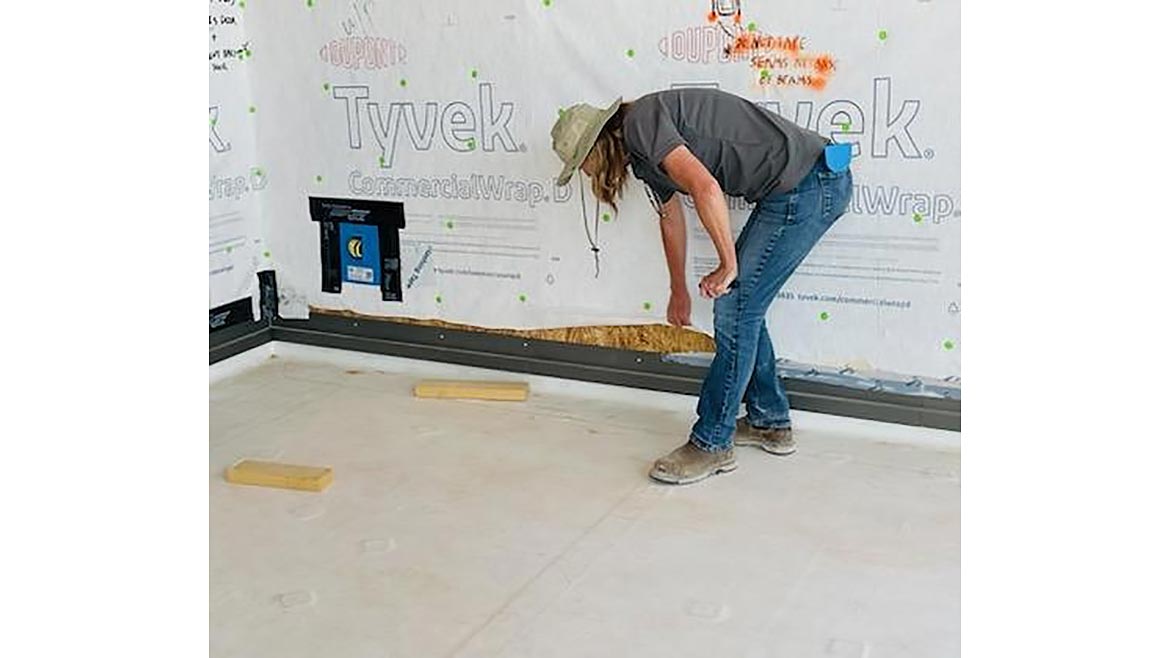
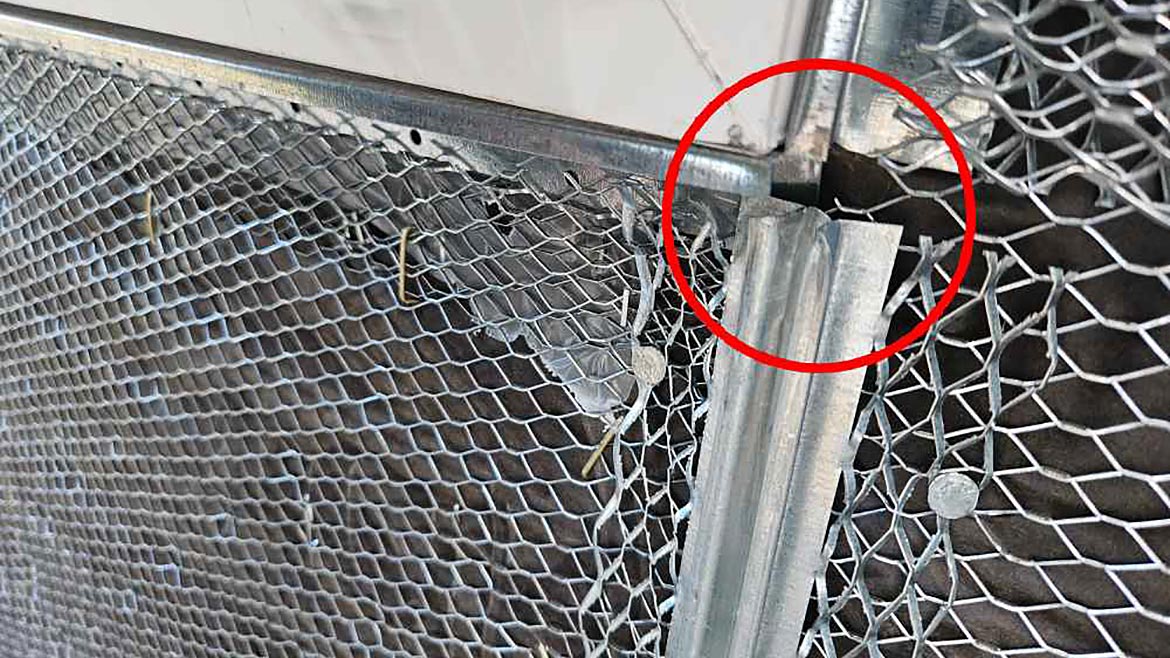
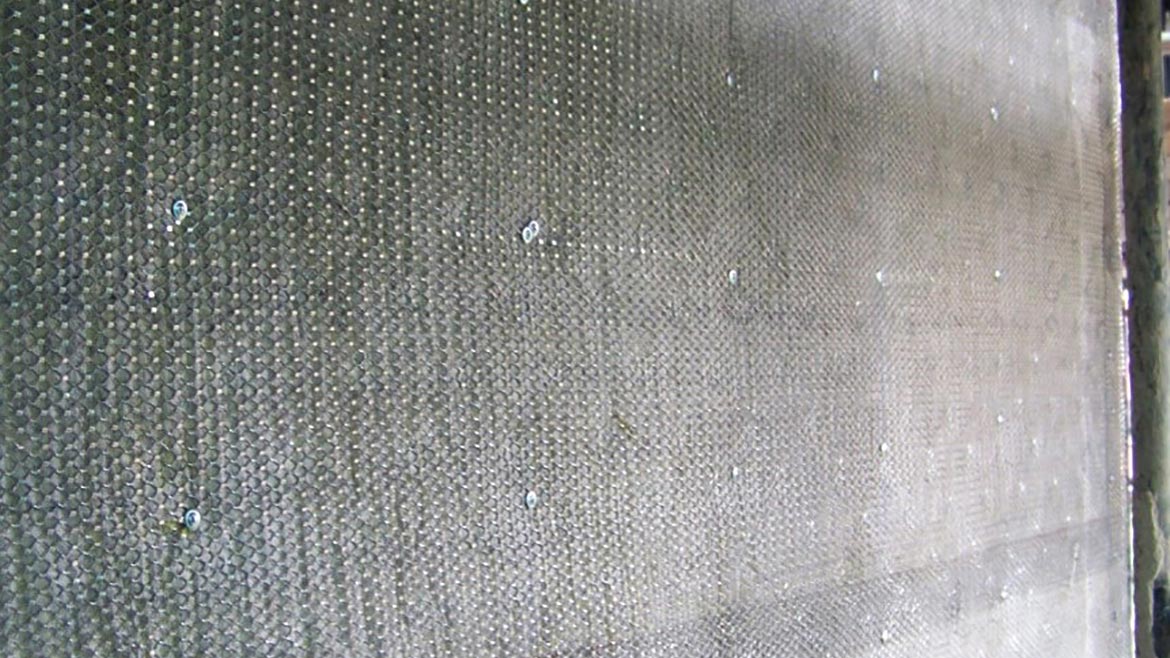
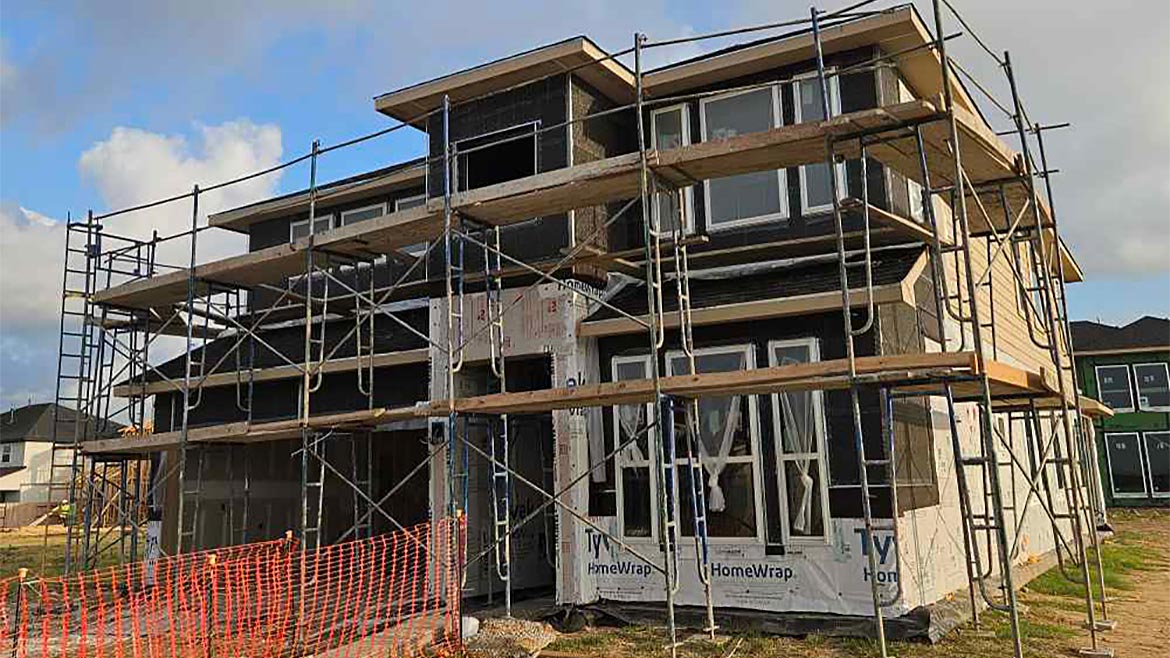
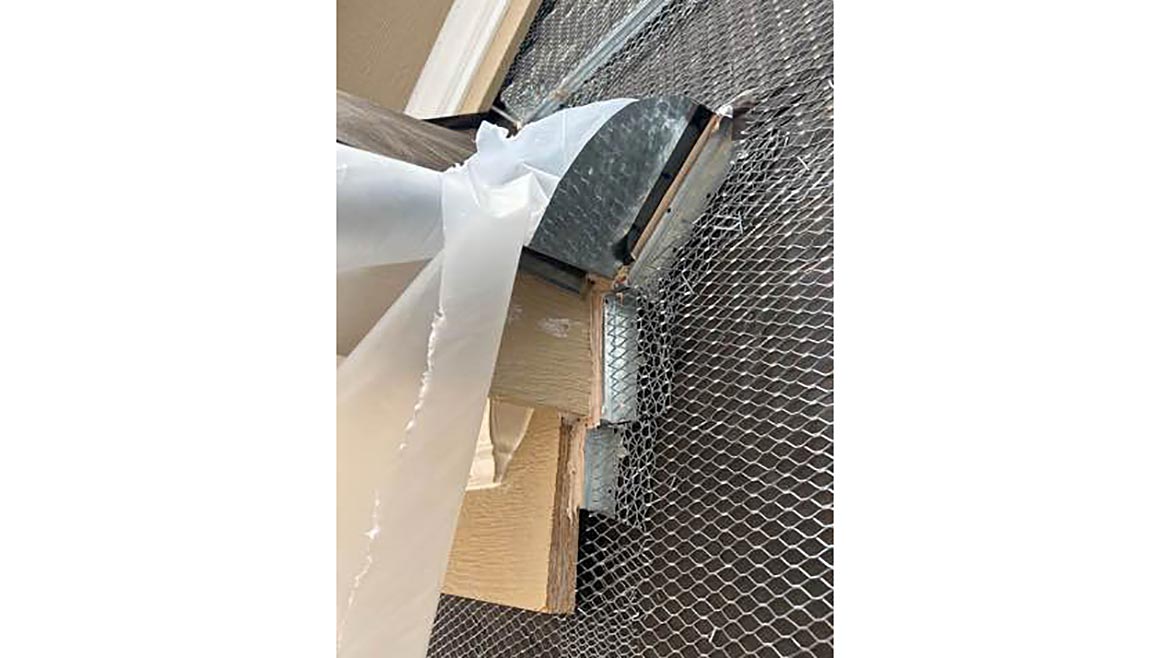
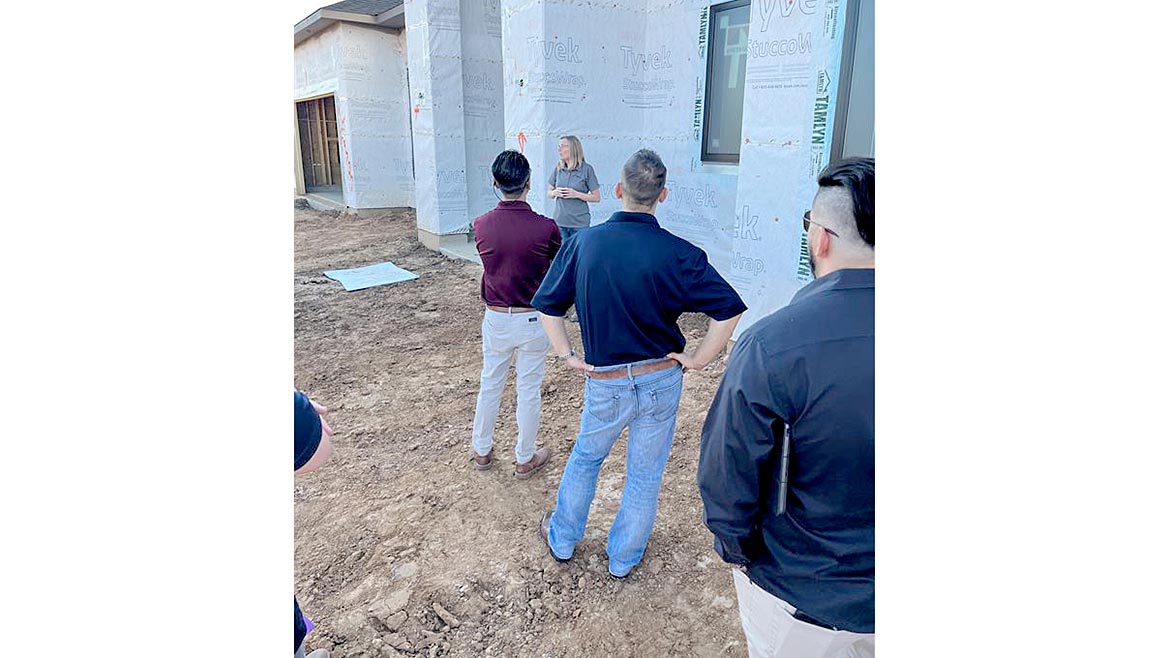
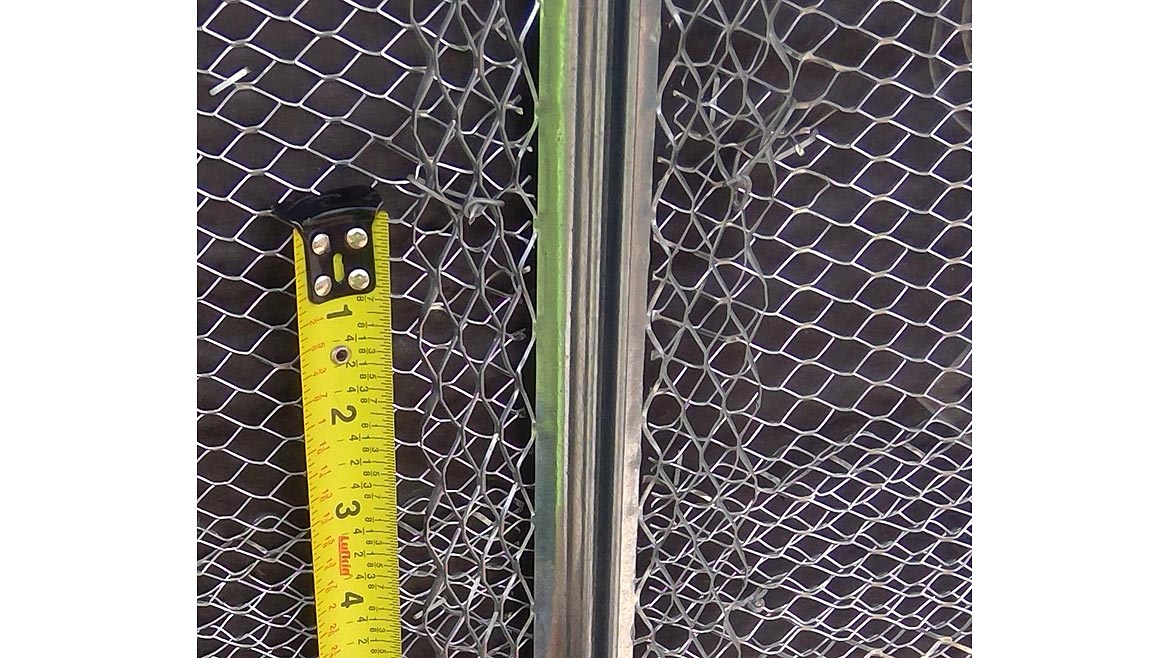
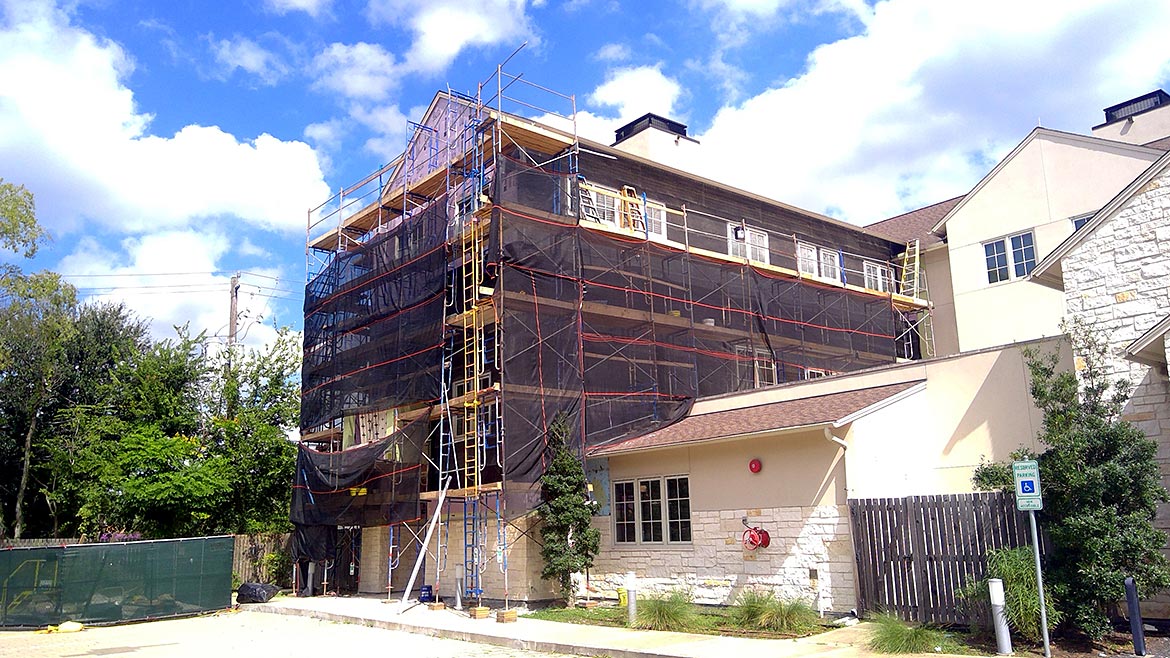
Image Credits: Exterior Inspections Inc.
This inspection helps identify areas that require coordination of the different trades to ensure the envelope is continuous and intact before stucco or EIFS goes on the building or house. The roof must be flashed in place. The cornice crew or the contractor responsible for weatherproofing must have the weather barrier in place. Electricians, plumbers and air conditioning need to have their penetrations through exterior walls complete and properly flashed/sealed. Once all of this is ready, the lath must be installed with all accessories and comply with building codes, industry standards and any number of local municipal codes.
During a municipal inspection, the inspector shows up, issues a red tag on the job as non-compliant, and moves on, providing very little guidance. Some third-party inspectors have a unique approach that is spawned from training and litigation documentation. Unlike the municipal inspection, a third-party inspection not only provides a visual inspection of the wall and adjacent components, but photo-documents the conditions and then consults with the builder or trades on the issues and helps navigate code requirements, manufacturer installation guidelines and good or best practices so that everyone is working toward delivering a superior finished product.
How Does the Inspection Work?
Third-party inspections and consulting can start early in the process as a pre-construction meeting, consultation and plan review. This helps all parties involved understand and establish expectations and provides the opportunity to work out any design or coordination issues early on. Next is a series of job site visit inspections that track along with the construction process, starting with the weatherproofing to ensure that the stucco or EIFS substrate is ready for cover. This first weatherproofing inspection may be used to satisfy any special inspection required by a municipality if the cladding application is specified as drainable EIFS.
Following the weatherproofing inspection is the cladding application inspection. Whether EIFS or stucco, inspection and documentation of the application process is beneficial to all parties in ensuring that it is going on the wall in accordance with applicable building codes and/or manufacturer’s installation instructions. Many projects require municipal inspections; however, it is our experience that municipal inspections ordinarily cover a few high-level, easily identifiable items.
Finally, once the stucco or EIFS is completed and the waterproofing contractor has completed the sealant work, it is time for a final inspection. We have heard too many times about the plastering contractor being dragged into a water intrusion claim only to find out that the building sat for six months or more without sealant, or worse yet, the sealant work was never completed. This final inspection closes the loop on the completed envelope.
When Would One Need a Third-party Inspection?
Who should hire a third-party inspector and why?
-
Owners
To verify specified products are being used and properly installed.
-
Commercial and Residential Builders
To verify products are applied properly
To QA/QC stucco and EIFS contractors
To verify assembly coordination among roofing, flashing, waterproofing and stucco
To reduce warranty claims and litigation
Litigation support and fact finding
-
Manufacturers
To verify products are applied properly
-
Stucco Contractors
To verify cover trades are complete
To verify that the substrate is ready for stucco/EIFS installation
To aid in QA/QC with field crews
To document proper application to reduce liability exposure
To reduce warranty claims
Litigation support and fact finding
Disputes are never fun, and it sure is nice to have someone in your corner. Advocating for the project’s success is a passion, and it is nice to show compliance through a neutral third-party inspection process.






Report Abusive Comment